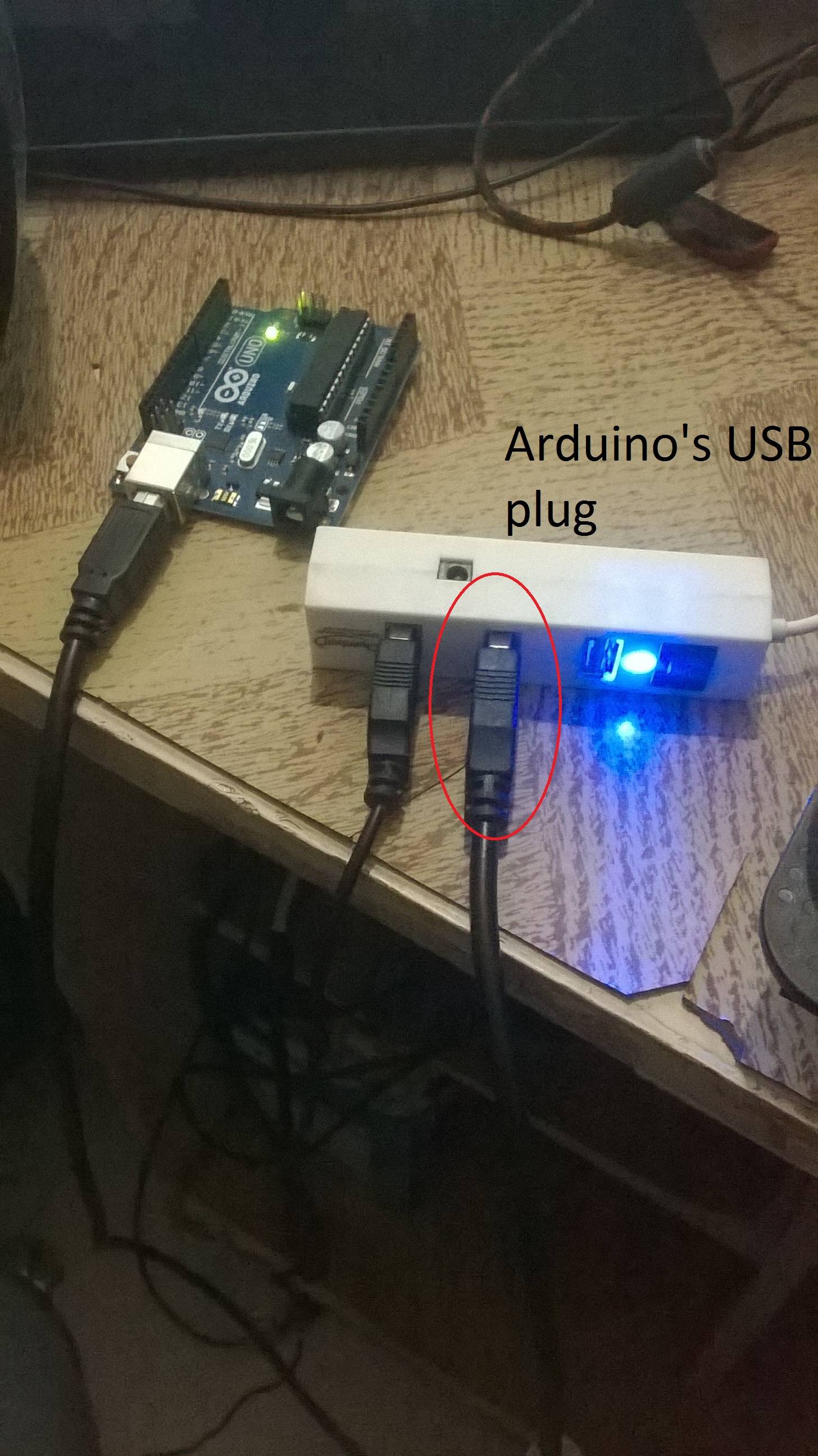I am trying to send a few variables from my python script to my Arduino. I am using pySerial. I am able to send the variables to the Arduino, but my Arduino sketch runs only for a second and then stops. But if I put the ser.write() command in a while loop (which I want to avoid) the sketch runs fine.
For example, I wrote this script on my PC -
import serial
ser = serial.Serial('COM3',9600)
counter = 'Y'
ser.write(counter)
This script should pass a "Y" to the Arduino and should stop executing.
My Arduino code-
int flag = 0;
void setup() {
Serial.begin(9600); // set the baud rate
Serial.println("Ready"); // print "Ready" once
pinMode(13, OUTPUT);
}
void loop() {
char inByte = ' ';
if(Serial.available()){
inByte = Serial.read(); // read the incoming data
Serial.println(inByte);
flag ++;
}
if(flag == 1){
digtalWrite(13, HIGH);
}
}
Now according to me the Arduino should receive the data and increment the flag variable to 1. Next the program checks whether flag is one and if it is turns the onboard LED on. However when I run the python script, the onboard LED flashes for just a second and then goes blank. I again have to run the python script to make it light up or I have to put ser.write in a loop. I can't put ser.write in a loop as my script won't run further.
So how can a value be passed to an Arduino without having to put the ser.write() in a loop.
Thanks!
EDIT :
I wrote a new sketch, but it still doesn't work. Here's the sketch -
int ledPin = 13;
char data = ' ';
void setup(){
pinMode(ledPin, OUTPUT);
Serial.begin(9600);
}
void loop(){
if (Serial.available()>0) {
data = Serial.read();
}
if (data == 'Y'){
digitalWrite(ledPin, HIGH);
}
delay(500);
}

